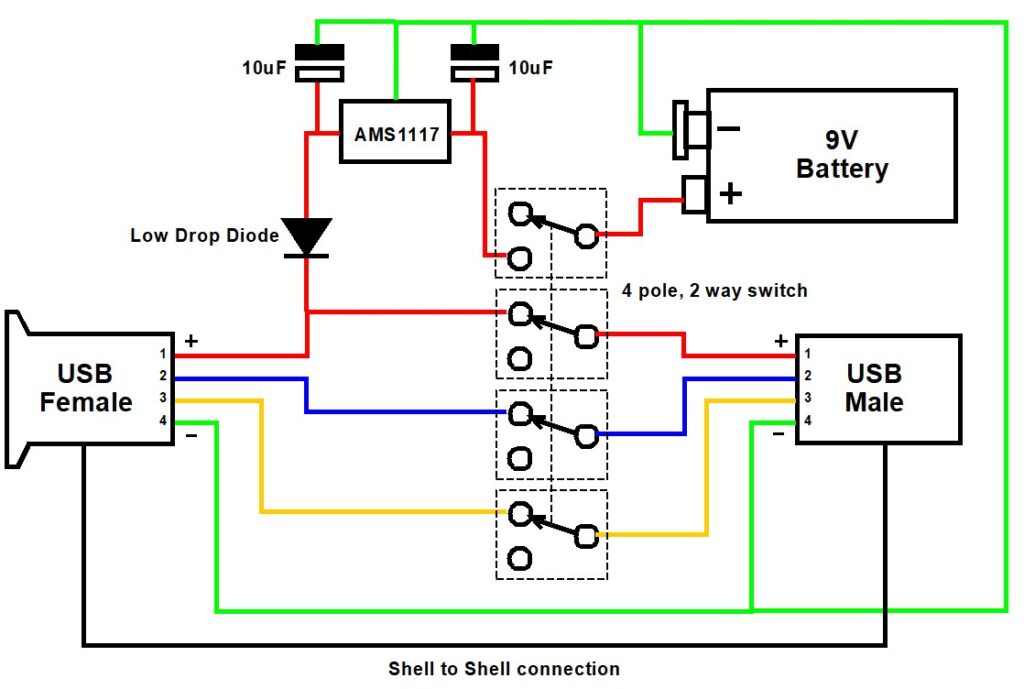Installation was not as easy as expected
We are currently in France and this is always a time to relax away from the workshop and instead I usually end up doing computing ‘stuff’ which can be Fusion 360 designs or Arduino code. I have a couple of projects that will potentially involve either an Internet of Things (IoT) connection or possibly a direct WiFi connection between two Arduino modules.
I need to clearly state at this point that I am not a ‘softie’ and my Arduino code is a mix of Cut and Paste with some finger in the air suck it and see code. I get there in the end but it can be painful to be aware of hours of your life dribbling through your fingers all because of a forgotten curly whirly bracket somewhere in the code.
Back to the story. I got sucked in by the MKR1400 GSM as being a potential solution and signed up for an Arduino SIM to accompany it. This worked to a degree but then I discovered that the GPRS service is slowly disappearing all over the world as the spectrum is ‘repurposed’ for newer technology. The Arduino 33 IoT was then ordered and this seemed to work well with control over the WiFi network and from the associated Arduino mobile app. It did have some limitations for the main application I had in mind.
Next the ESP32 came to my attention. This is a fairly new kid on the block and has some very interesting facilities. The ESP32 Feather Huzzah version from Adafruit is rather nice as it has a Lipo battery connector. Unlike some other ESP32s it does not have a Load switch but just a Reset one. The ESP32 looked like the most attractive and a couple were ordered.

For those following in my footsteps you need to be aware of two things, First of all you have to download the libraries for the WROOM device.
https://raw.githubusercontent.com/espressif/arduino-esp32/gh-pages/package_esp32_index.json
You would expect that would be all but not quite. On Win10 you need to also download a new virtual USB driver from Silicon Labs CP210x and run “silabser.inf” from the ZIP download.
https://www.silabs.com/developers/usb-to-uart-bridge-vcp-drivers?tab=downloads
Once you have downloaded and run these you should be able to select and connect to the Adafruit ESP32 Feather in the Arduino device listing. (NOT the Adafruit Feather Huzzah ESP8266 from the board listing, it is easy to just ‘see’ the Feather Huzzah words,,, been there ….). You might also need to look in the Windows Device Manager to see which COM port has been allocated to the Silicon Labs CP210x driver. This will likely be a high number – COM9 on my machine. The IDE does not necessarily immediately ‘see’ this.
If the ESP32 appears to connect OK try uploading Blink. If all is well this should work. Beware it leaves the confusing last message on IDE 2.0 “Leaving … Hard resetting via RTS pin …” which looks like it is held but in fact it has finished and all is good.
Note that all of this waffle was written in January 2023 and the ESP32 hardware and support code etc is changing all the time.
In closing I can recommend DroneBot as a good source of Arduino stimulation.
Links to similar or related post are listed below : –
- 3V3 to 5V Non Inverting Buffer
- Arduino LoRa power supply issues
- TPL5110 as a Monostable
- Streaming camera video from an Arduino Giga
- Arduino Giga Display Shield and lvgl.h
- Arduino ESP32 Feather Huzzah Installation
- Dewpoint Monitor Updated Arduino Code
- Dewpoint alarm monitor to help avoid rust issues in the workshop
- 3V3 to 5V Non Inverting Buffer
- Arduino LoRa power supply issues
- TPL5110 as a Monostable
- Streaming camera video from an Arduino Giga
- Arduino Giga Display Shield and lvgl.h
- Arduino ESP32 Feather Huzzah Installation
- Dewpoint Monitor Updated Arduino Code
- Dewpoint alarm monitor to help avoid rust issues in the workshop










